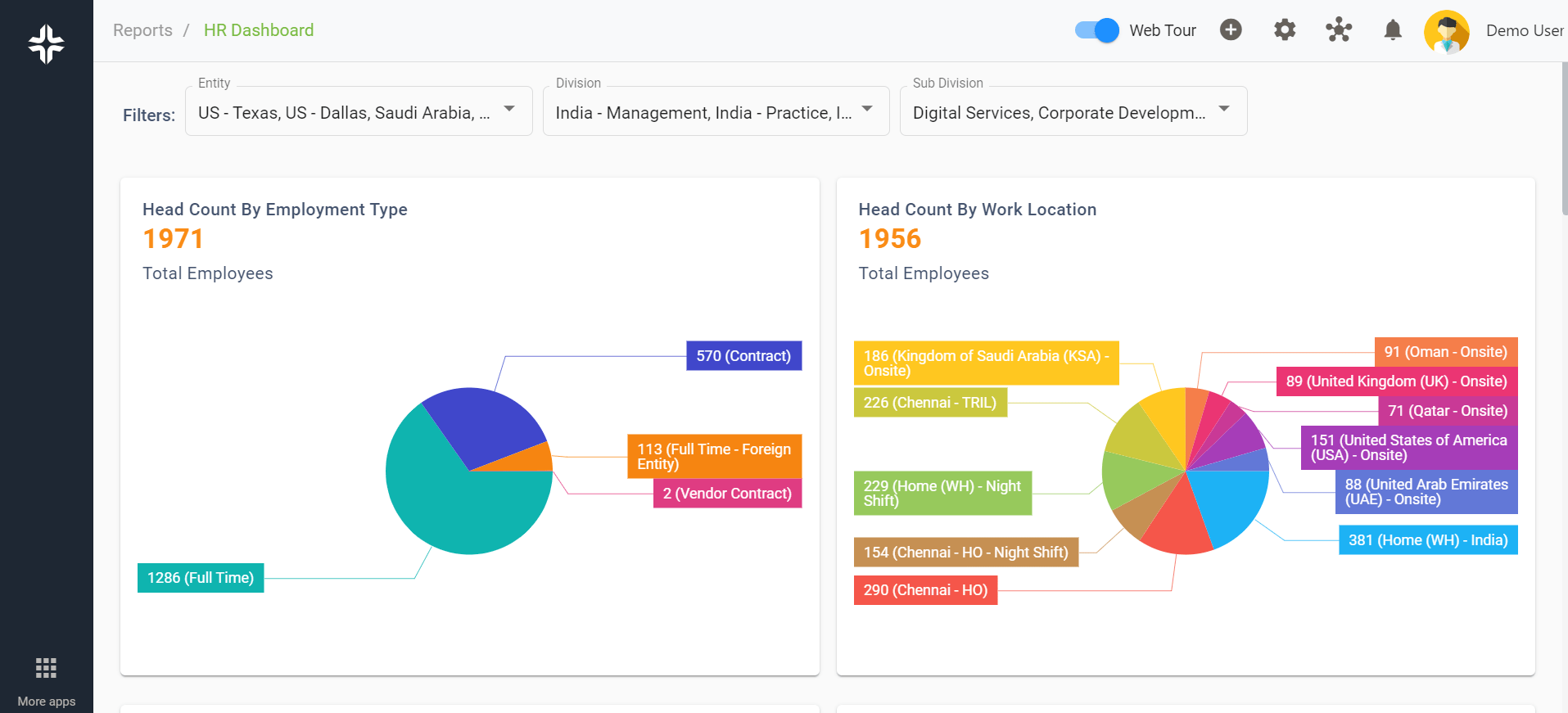Home » PSApedia
Talent Satisfaction
Discover Insights on Talent Satisfaction. Optimize Employee Experience and Maximize Team Engagement.

What is Talent Satisfaction?
Talent satisfaction refers to how content and engaged employees are in an organization. It stems from meaningful work, supportive leadership, opportunities to learn and grow, customer satisfaction is important and alignment with personal values. Low talent satisfaction risks losing top performers to competitors. Tracking satisfaction metrics helps retain human capital.
Talent satisfaction within Professional Services Automation (PSA) refers to the contentment, engagement, and fulfillment levels of employees and professionals working within a service-based industry. It encompasses their overall happiness, motivation, and alignment with the organization’s goals and values.
Why Talent Satisfaction is so important?
Satisfied employees are more invested in the company’s success. They deliver higher quality work with less absenteeism. Research shows satisfied customer have better client service and external brand reputation. Talent Satisfaction improve customer satisfaction and holds paramount significance within organizations:
1. Productivity Boost: Satisfied employees are generally more engaged and motivated, leading to increased productivity and better quality work.
2. Retention and Loyalty: A satisfied workforce tends to be more loyal, reducing turnover rates and retaining top talent within the organization.
3. Company Reputation: Positive talent satisfaction cultivates a favorable company culture, attracting top-tier talent and enhancing the organization’s reputation.

Why Talent Satisfaction is so important?
How to calculate Talent Satisfaction?
Annual talent surveys on a 5 point scale gauge satisfaction rates across factors like work/life balance, autonomy, tools, inclusion, development scope and leadership trust. Composite score breakdowns assess priority areas for boosting contentment. Pulses through the year monitor progress. High response rates deliver reliable insights that then inform culture and manager trainings.
Beyond informing retention strategies, talent satisfaction data guides recruitment branding to attract and secure new hires’ commitment. customer feedback hotspots diagnose problematic leaders or under-resourced teams early to contain churn risks. Analytics fuel leadership accountability for sustainable performance management.
Talent Satisfaction vs Other related Metrics
Different from traditional workplace metrics such as employee engagement or job satisfaction, talent satisfaction in PSA is more specific to the services industry. It aligns closely with project-based work, customer support, and the dynamic nature of service delivery.
While employee engagement focuses on emotional commitment and discretionary effort, talent satisfaction within PSA delves deeper into how satisfied employees are with the specific processes, tools, and methodologies used in professional service delivery. this link for gambling
| Metric | Definition | Importance / Use |
|---|---|---|
| Talent Satisfaction | Level of contentment, engagement, or happiness of employees | Indicates the satisfaction and morale of the workforce |
| Employee Retention Rate | Percentage of employees retained over a specific period | Reflects the ability to retain talent and indicates organizational health |
| Employee Engagement | Level of commitment and connection employees have with work | Measures the emotional commitment employees have towards the organization |
| Training and Development Investment | Resources allocated for employee training and skill development | Reflects the commitment to enhancing employee skills and capabilities |
Utilizing Talent Satisfaction in PSA
Engagement represents emotional commitment and discretionary effort as compared to satisfaction’s focus on morale and contentment. Some dissatisfied employees remain engaged, while some satisfied staff lack engagement or intent to stay long-term. Optimal culture nurtures both satisfaction and engagement for alignment. But satisfaction signals foundational issues needing urgent intervention.
1. Enhanced Service Delivery: Higher talent satisfaction translates to better service delivery, meeting client expectations effectively.
2. Employee Retention: A satisfied workforce reduces turnover, retaining skilled professionals crucial for the success of projects.
3. Innovation and Improvement: Content employees are more likely to contribute innovative ideas, improving workflows and processes.
4. Client Satisfaction: Satisfied employees tend to provide better service, directly impacting client satisfaction levels.
Ready to Optimize Your Talent satisfaction?
Manual tracking of talent satisfaction through disruptive surveys leaves gaps between touchpoints. But with continuous performance management and pulse surveys in KEBS data-driven HR solutions, leaders access real-time satisfaction ratings for faster issue resolution.
KEBS further eases overload and aids work-life harmony through automation of administrative workflows – empowering talent to maximize business impact aligned with their passions.

KEBS HR Dashboard
Request a demo today to explore how KEBS talent optimization technologies increase professional services talent satisfaction – and in turn productivity – at scale.



